Carsten Höller curates JapanCongo in Grenoble

Belgian artist Carsten Höller showed us his fondness for all things Congolese back in 2008, when he opened the Double Club - a restaurant, bar and arts space in London that placed African and Western culture side by side - and now he's indulging his passion once again at Le Magasin (Centre National d'Art Contemporain) in Grenoble. This time around, however, he is pairing Congolese art with that of the East.
For his turn as curator at the gallery, the former Wallpaper* Design Awards judge has delved into the vast African art collections of Jean Pigozzi, an Italian businessman-cum-photographer, who has also begun collecting contemporary Japanese art over the last three years.
'When Jean Pigozzi asked me if I would like to be the curator of his collection of contemporary African art, I was at first sceptical,' says Höller. 'Only when he said that he also has recently built up a collection of contemporary Japanese art, I became really enthusiastic. That's exactly what I am looking for - a new Double Club of sorts.'
Höller has selected the work of sixteen Congolese artists (including Pierre Bodo, Chéri Samba and Pathy Tshindele), confronting them with the same number by Japanese artists (such as Natsumi Nagao, Nobuyoshi Araki and Akihiro Higuchi). The Japanese works hang on a long straight wall, with openings onto small rooms behind, mirrored by a curving wall of Congolese art, with the most 'similar' pieces hanging where the two walls come closest.
But the layout of the show contains a typical Höller twist. Visitors can take a conventional path through exhibition, following the main corridor and moving into the surrounding rooms, or they can go 'behind the scenes', taking a route behind the walls. By exposing the makeshift nature of the installation and making it part of the show, he turns the traditional exhibition experience on its head.
A degree of interactivity has always been important for Höller, as with his Test Sites installation at London's Tate Modern in 2006 - which saw visitors plummet into the depths of the Turbine Hall via a series of twisting slides. 'You could say that the real material I am working with is people's experience,' he once said. Here, it adds another interesting layer to his exploration of origin and cultural identity.
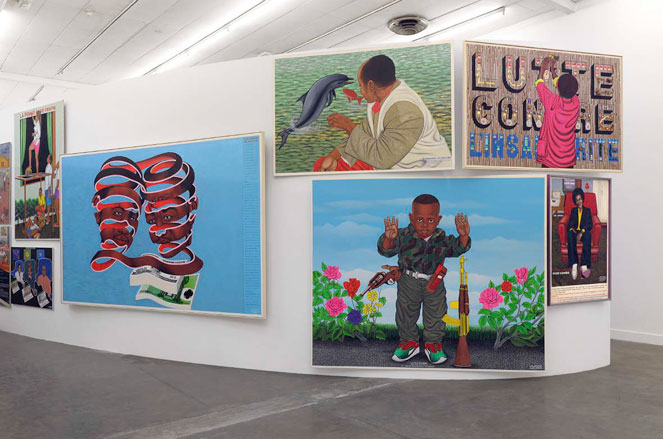
.. opposite a curving wall of works by Congolese artists. The most ’similar’ pieces hang where the two walls come closest
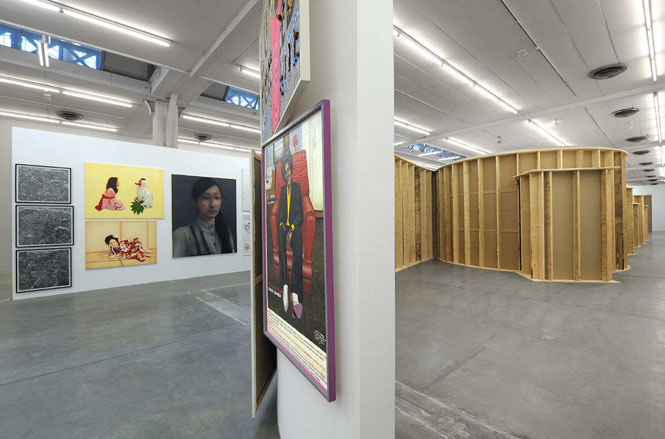
Visitors can take a conventional path through exhibition, following the main corridor and moving into the surrounding rooms, or they can go ’behind the scenes’, taking a route behind the walls. By exposing the makeshift nature of the installation and making it part of the show, he turns the traditional exhibition experience on its head
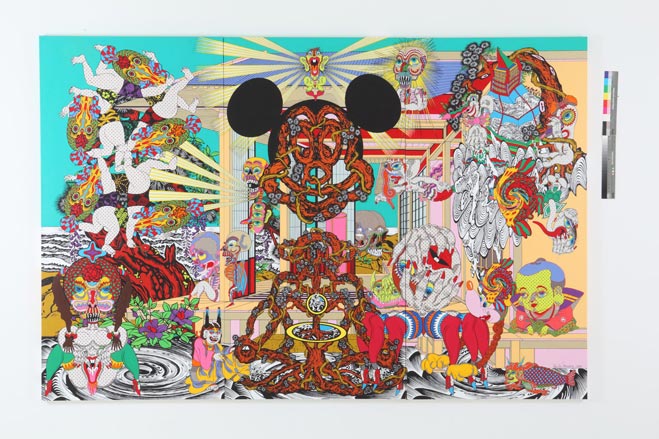
Japanese art: ’Mysterious Deliverance’ by Keiichi Tanaami, 2010
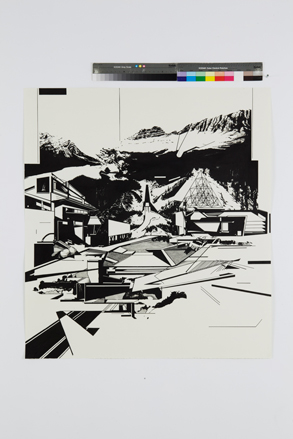
Japanese art: ’On Slope’ by Hiroki Tsukda, 2009
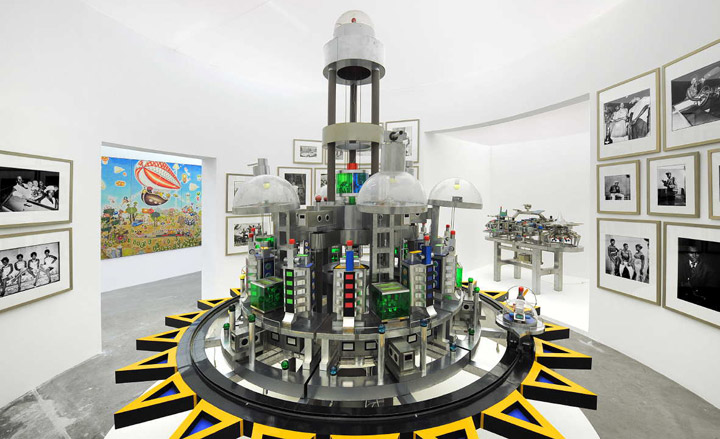
Congolese art: ’Cité des étoiles’ by Rigobert Nimi, 2006
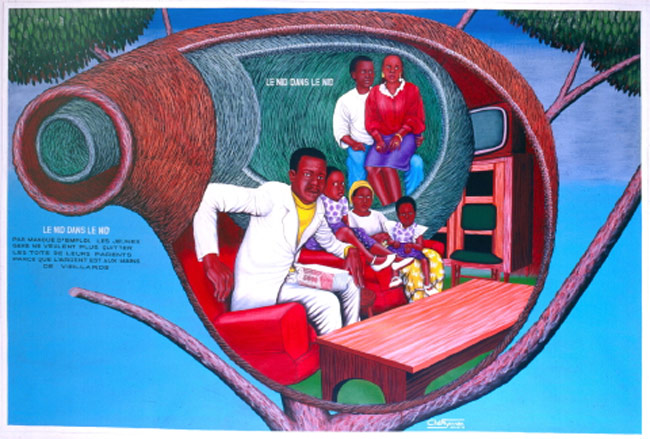
’Le Nid dans le nid’ by Cheri Samba, 1996
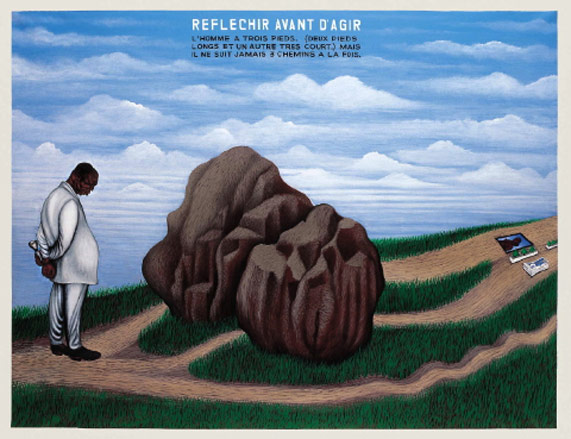
’Réfléchir avant d’agir’ by Chéri Samba, 1990
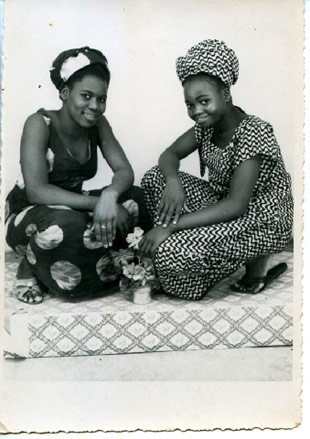
Untitled by M Sidibé, 1971
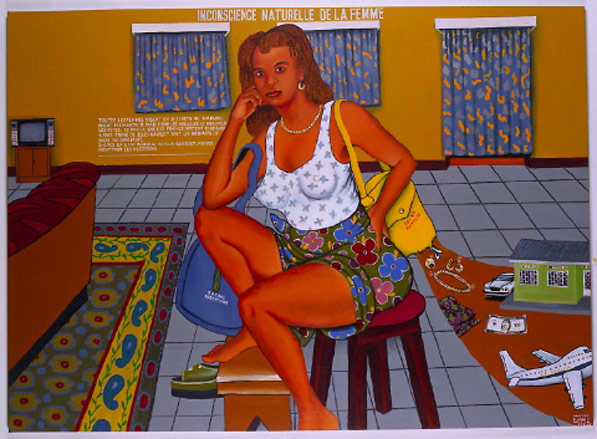
’Inconscience naturelle de la femme’ by Maitre Syms, 1999
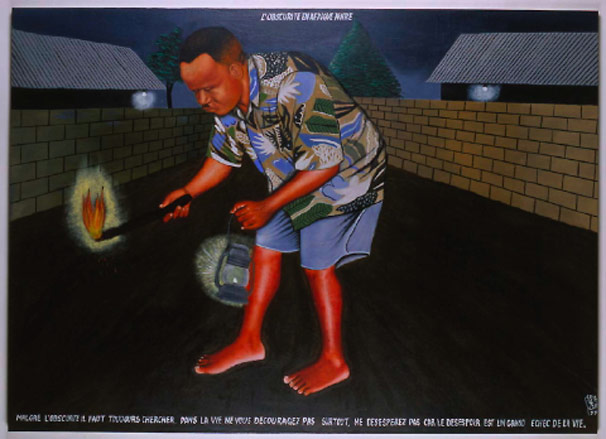
’L’obscurité en Afrique Noire’ by Maitre Syms, 1999
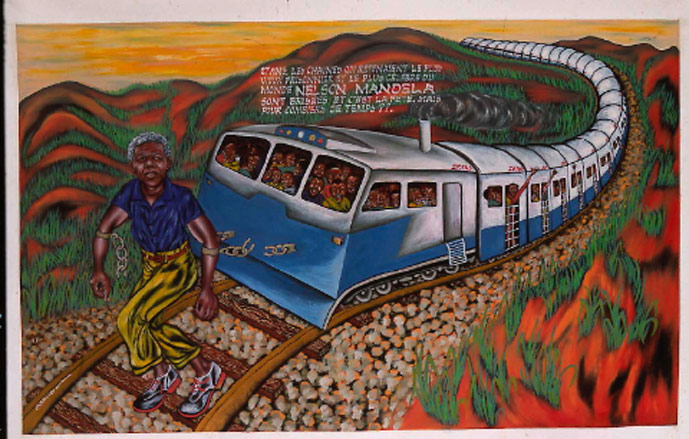
’Nelson Mandela’ by Cheik-Ledy, 1990
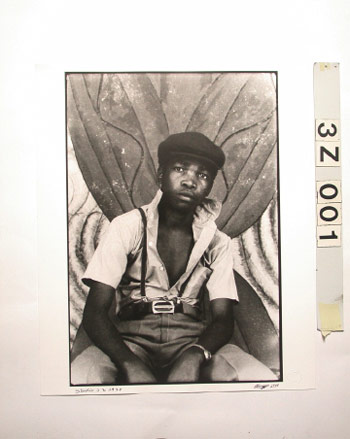
Photo Passeports’ by 3Z, 1975

Untitled by Moké, 1998
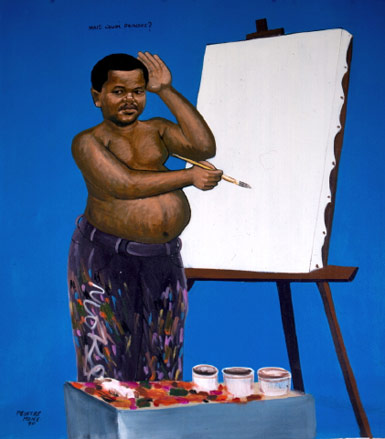
’Mais quoi peindre? (Tryptique III) by Moké, 2010
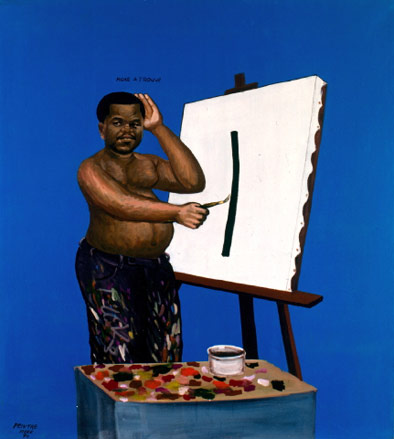
Tryptique II by Moké, 2010
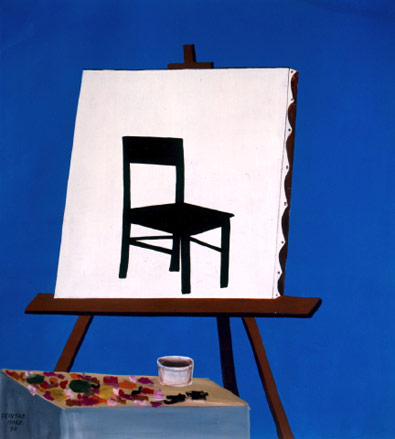
Tryptique III by Moké, 2010
ADDRESS
Receive our daily digest of inspiration, escapism and design stories from around the world direct to your inbox.
155 Cours Berriat
Site Bouchayer-Viallet
38000 Grenoble
Malaika Byng is an editor, writer and consultant covering everything from architecture, design and ecology to art and craft. She was online editor for Wallpaper* magazine for three years and more recently editor of Crafts magazine, until she decided to go freelance in 2022. Based in London, she now writes for the Financial Times, Metropolis, Kinfolk and The Plant, among others.
-
 The Bombardier Global 8000 flies faster and higher to make the most of your time in the air
The Bombardier Global 8000 flies faster and higher to make the most of your time in the airA wellness machine with wings: Bombardier’s new Global 8000 isn’t quite a spa in the sky, but the Canadian manufacturer reckons its flagship business jet will give your health a boost
-
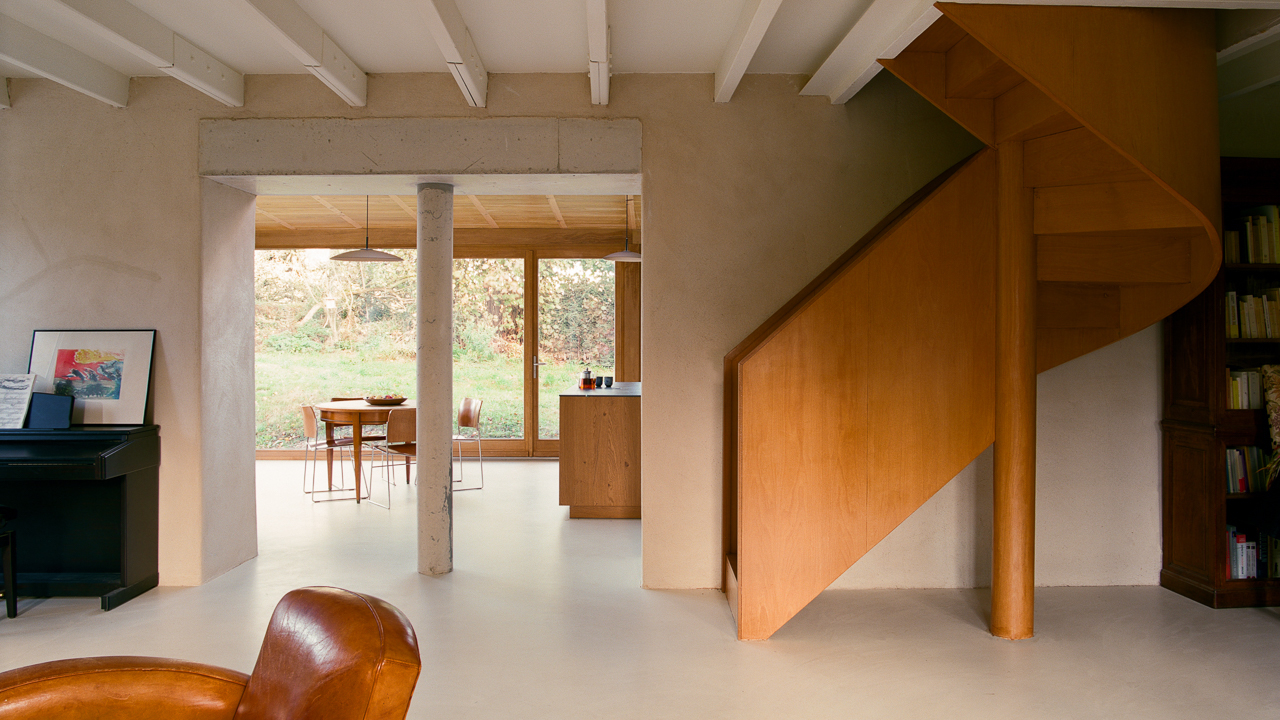 A former fisherman’s cottage in Brittany is transformed by a new timber extension
A former fisherman’s cottage in Brittany is transformed by a new timber extensionParis-based architects A-platz have woven new elements into the stone fabric of this traditional Breton cottage
-
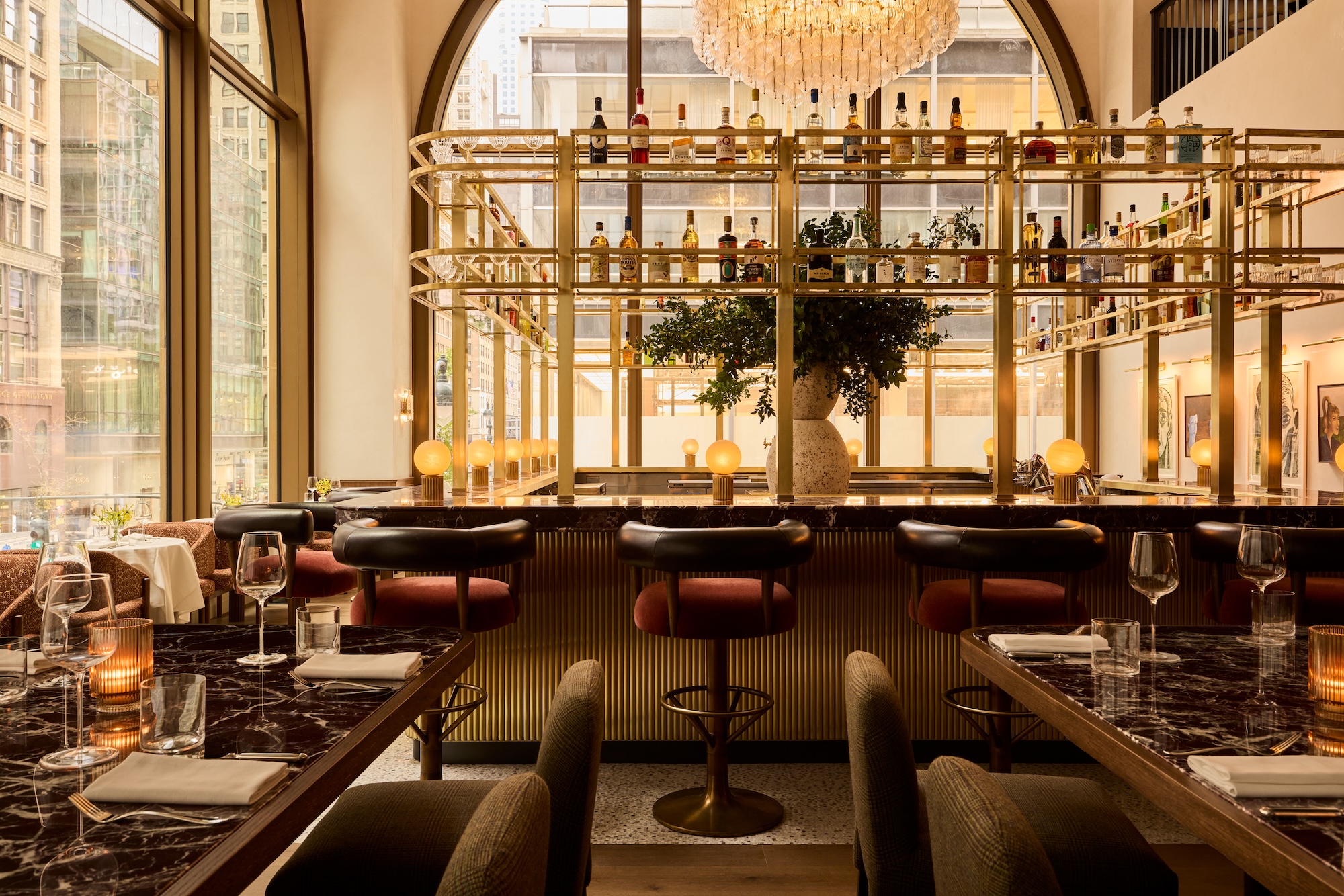 New York's members-only boom shows no sign of stopping – and it's about to get even more niche
New York's members-only boom shows no sign of stopping – and it's about to get even more nicheFrom bathing clubs to listening bars, gatekeeping is back in a big way. Here's what's driving the wave of exclusivity
-
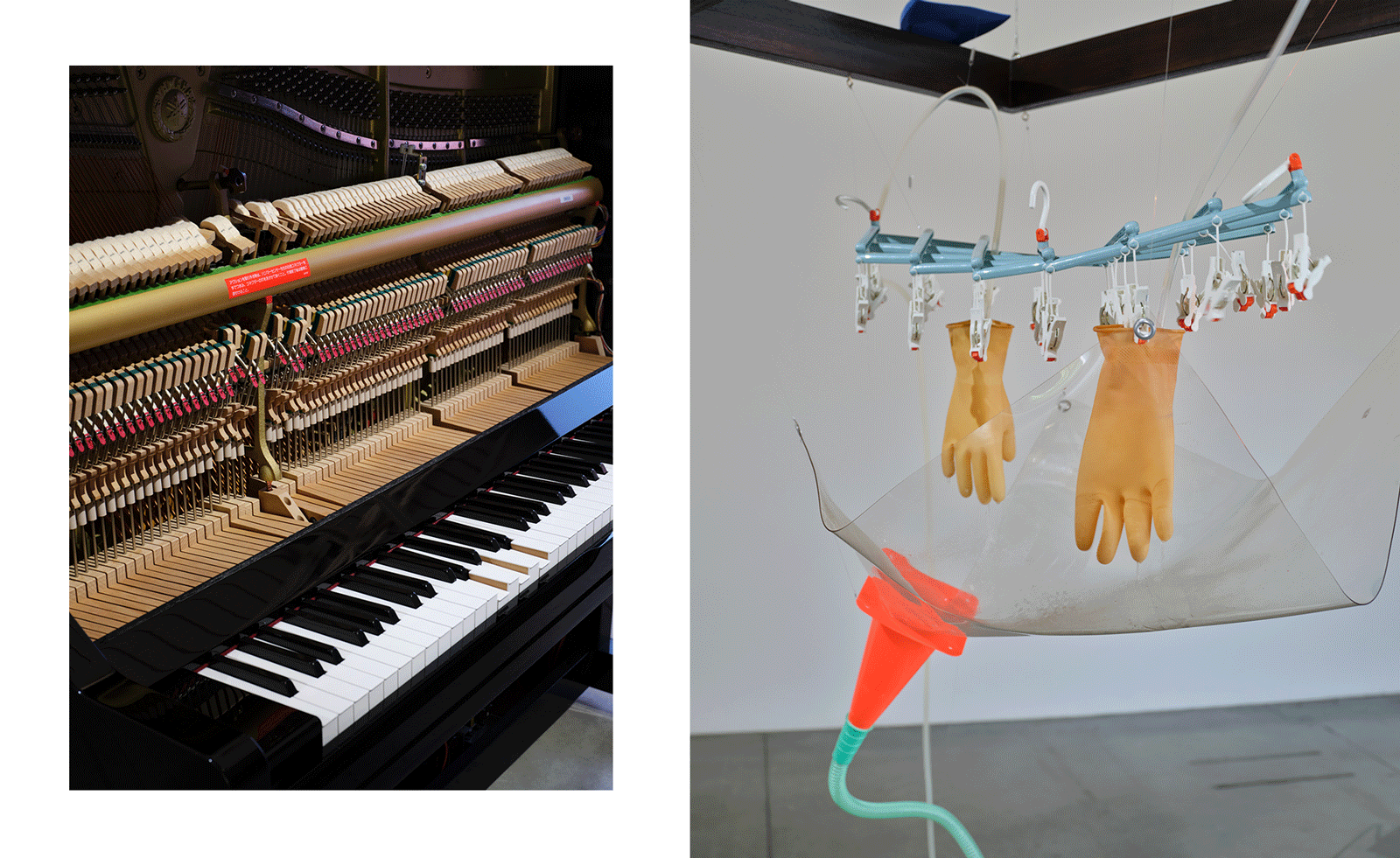 Yuko Mohri’s living installations play on Marcel Duchamp’s surrealism
Yuko Mohri’s living installations play on Marcel Duchamp’s surrealismThe artist’s seven new works on show at Milan’s Pirelli HangarBicocca explore the real and imaginary connections that run through society
-
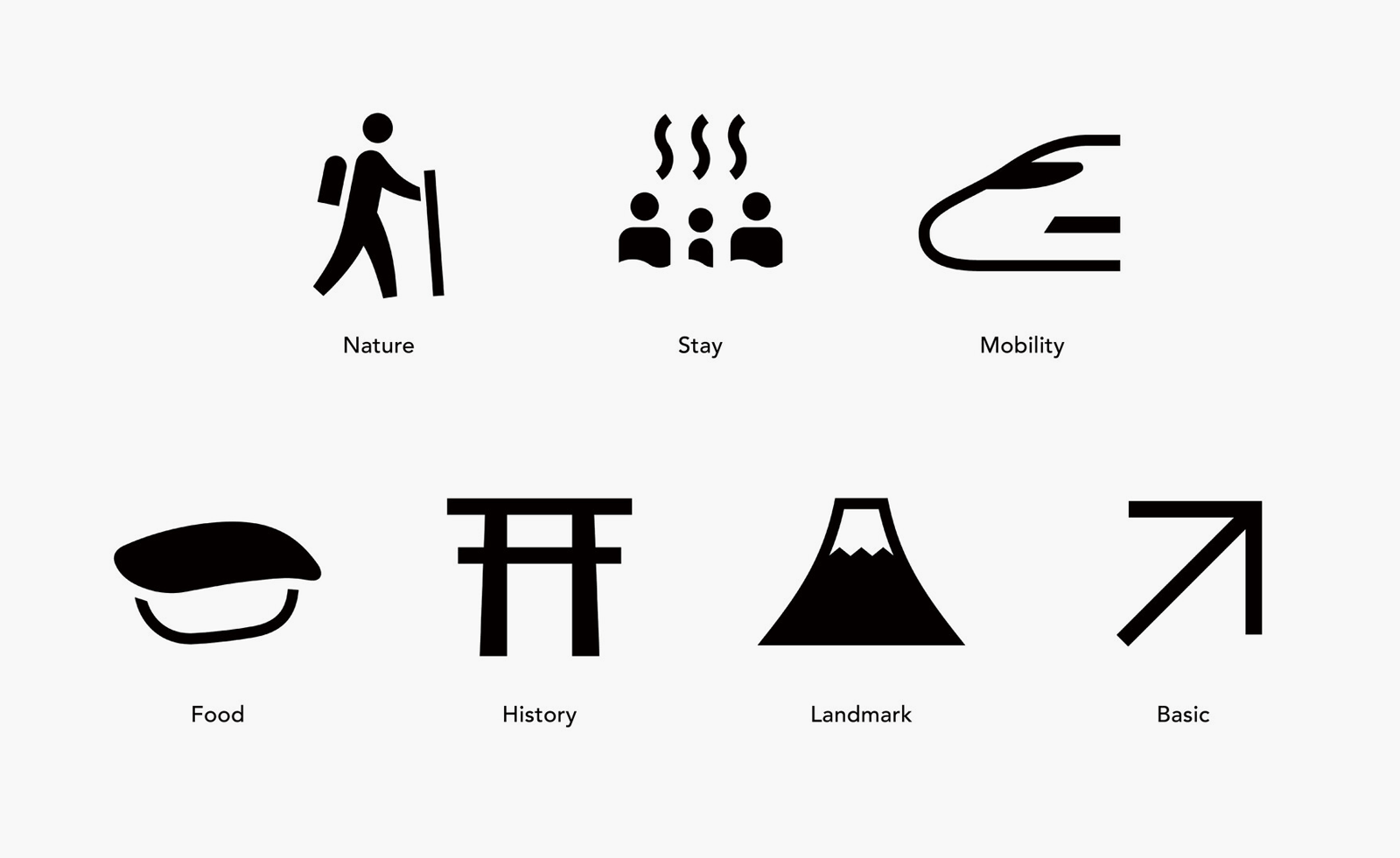 Get the picture? A new exhibition explores the beautiful simplicity of Japanese pictograms
Get the picture? A new exhibition explores the beautiful simplicity of Japanese pictogramsThe simple, minimalist forms of a pictogram are uniquely Japanese, as new exhibition 'Pictograms: Iconic Japanese Designs' illustrates
-
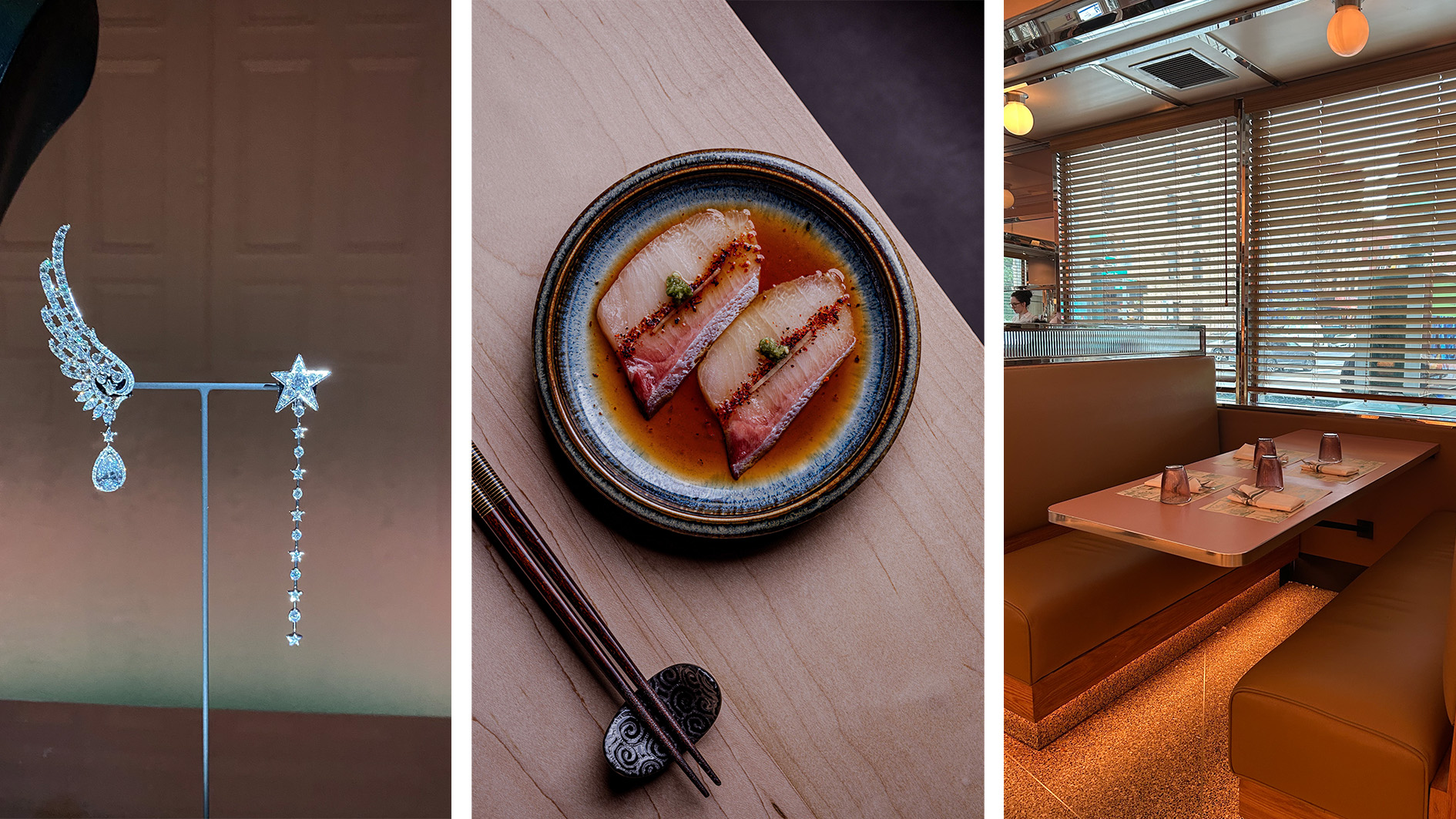 Out of office: the Wallpaper* editors’ picks of the week
Out of office: the Wallpaper* editors’ picks of the weekIt was a jam-packed week for the Wallpaper* staff, entailing furniture, tech and music launches and lots of good food – from afternoon tea to omakase
-
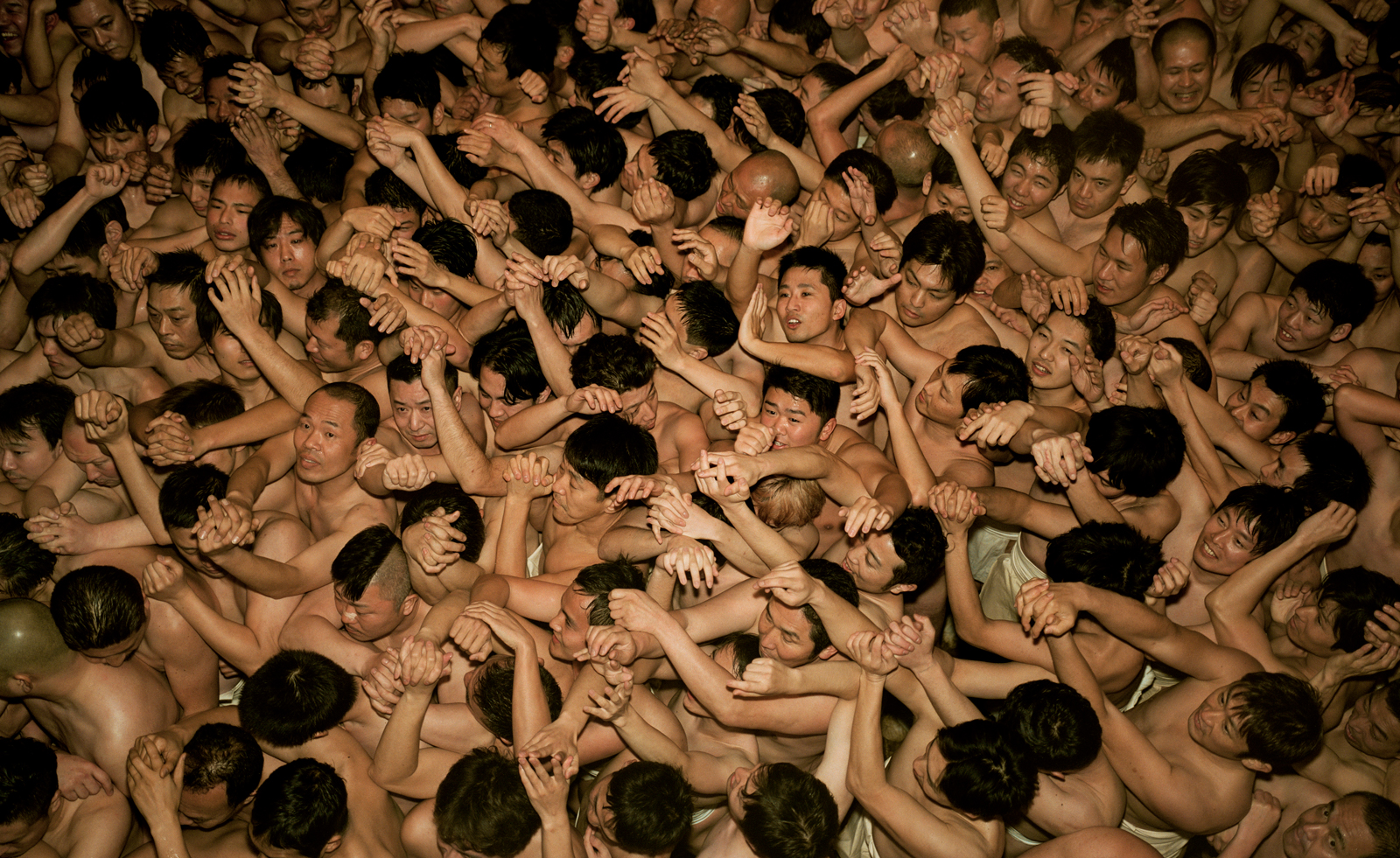 Inside Kyotographie, Japan’s world-renowned photography festival
Inside Kyotographie, Japan’s world-renowned photography festivalKyotographie 2025 embraces the theme ‘Humanity’ in Kyoto – Amah-Rose Abram reports with the highlights, from major and emerging photographers
-
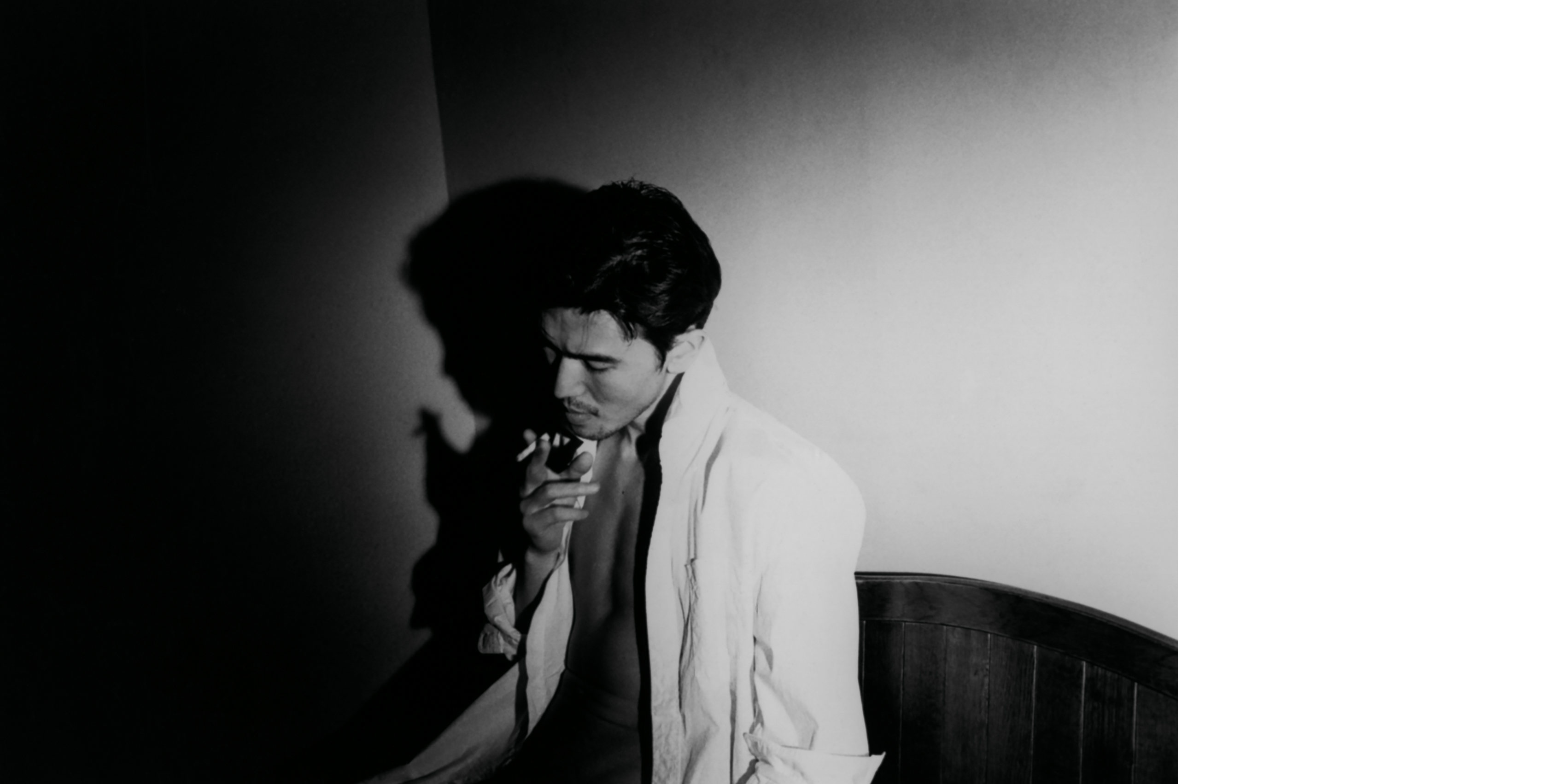 'I’m So Happy You Are Here': discover the work of Japanese women photographers
'I’m So Happy You Are Here': discover the work of Japanese women photographersSubtitled ‘Japanese Women Photographers from the 1950s to Now’, this new monograph from Aperture is a fascinating insight into a critically overlooked body of work
-
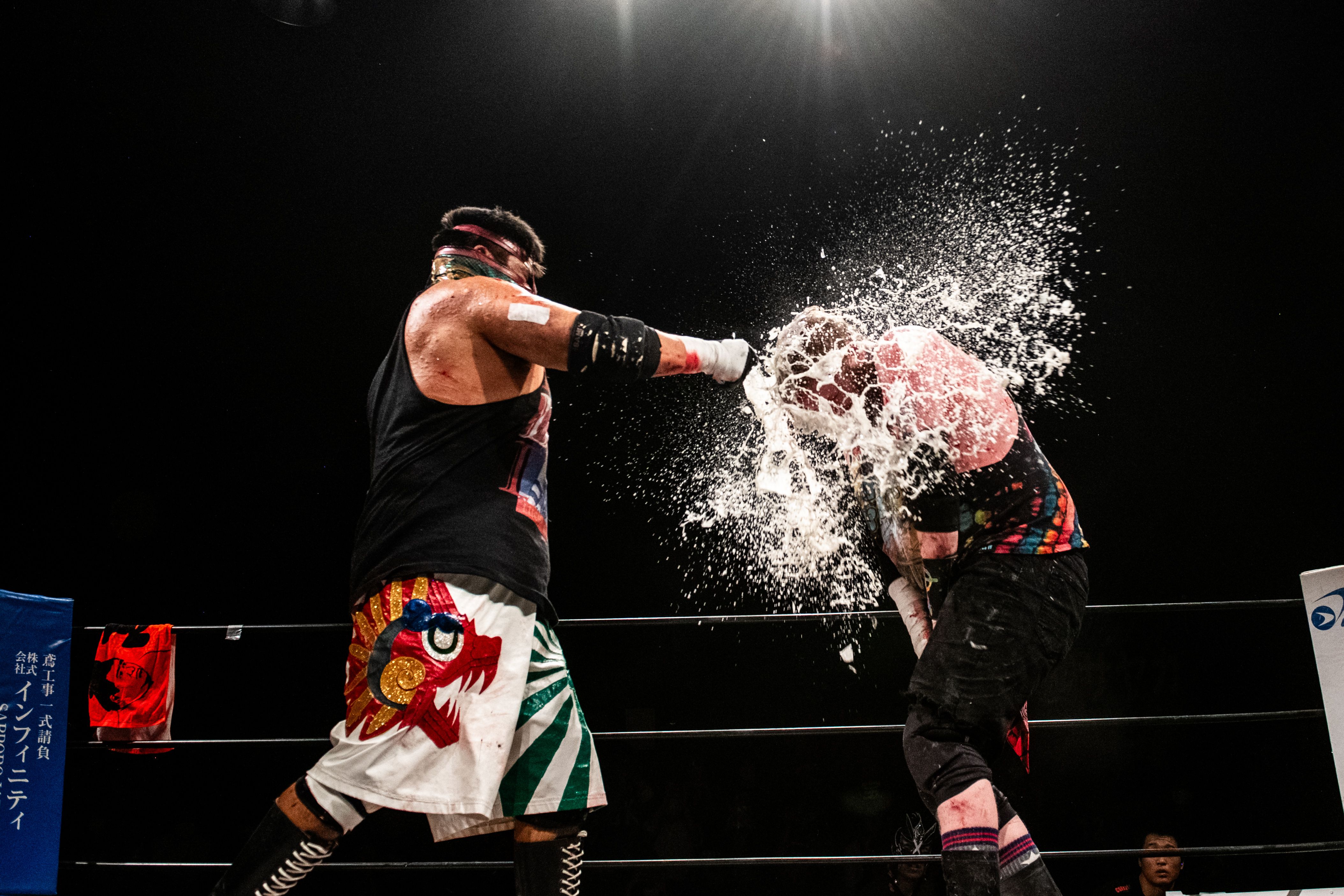 Deathmatch wrestling’s behind-the-scenes moments and bloody glory
Deathmatch wrestling’s behind-the-scenes moments and bloody gloryA new limited-edition book explores the intersection between art and deathmatch wrestling at a sold-out show held in Tokyo
-
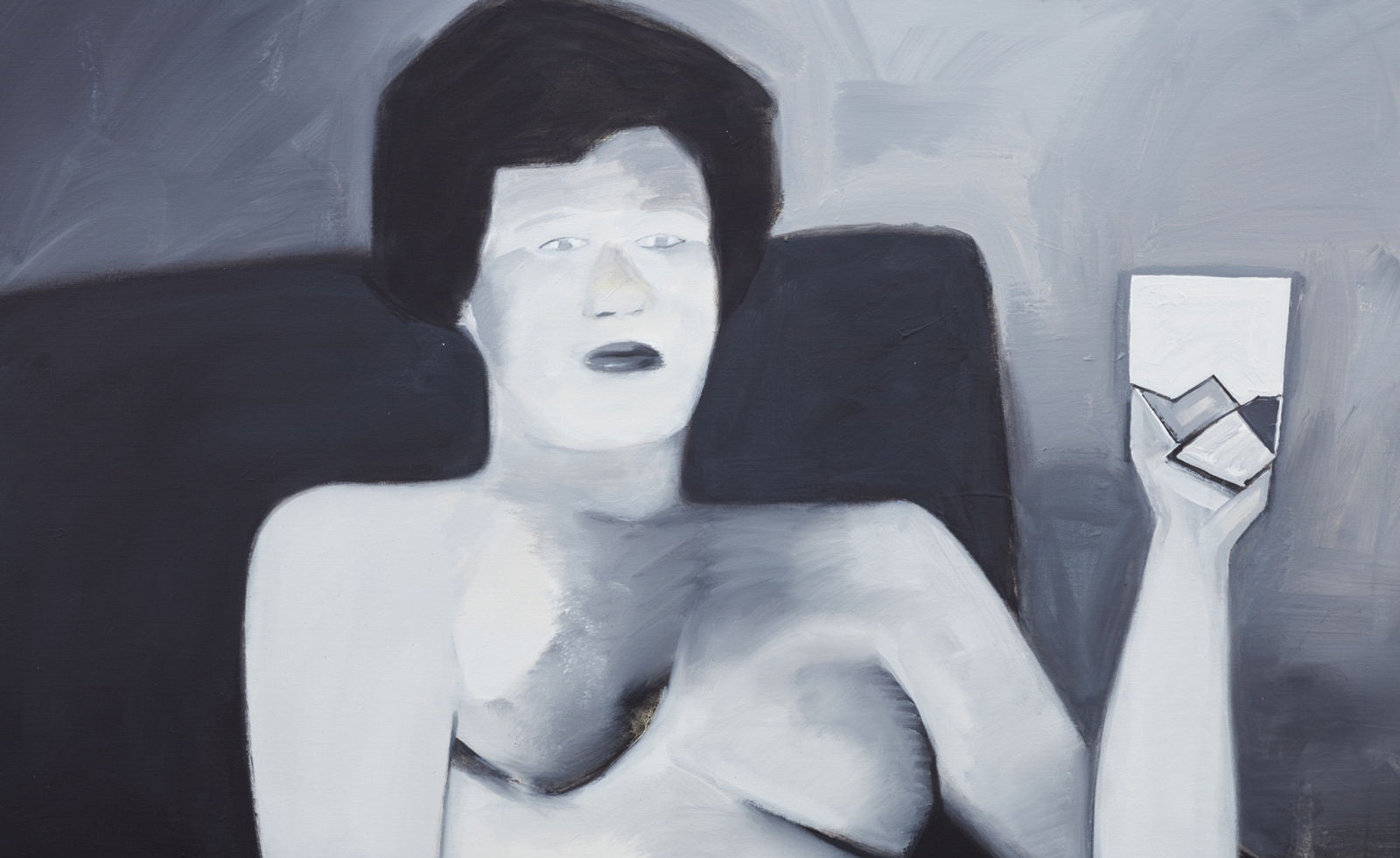 BLUM marks 30 years of Japanese contemporary art in America
BLUM marks 30 years of Japanese contemporary art in AmericaBLUM will take ‘Thirty Years: Written with a Splash of Blood’ to its New York space in September 2024, continuing its celebration of Japanese contemporary art in America
-
 Olafur Eliasson inaugurates Azabudai Hills Gallery in Tokyo
Olafur Eliasson inaugurates Azabudai Hills Gallery in TokyoOlafur Eliasson marks launch of Azabudai Hills Gallery, in Tokyo’s major new district, with a show of elemental strength